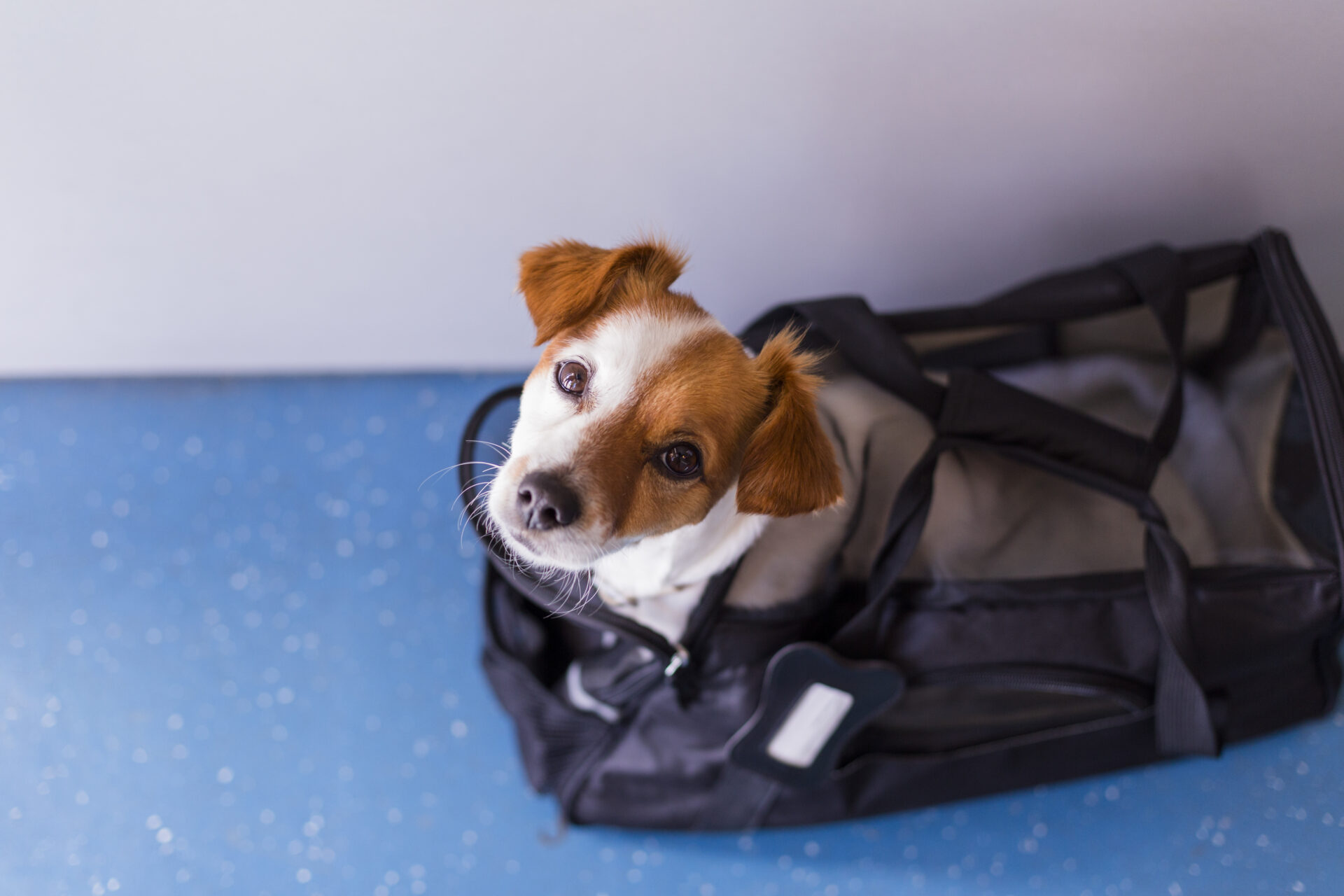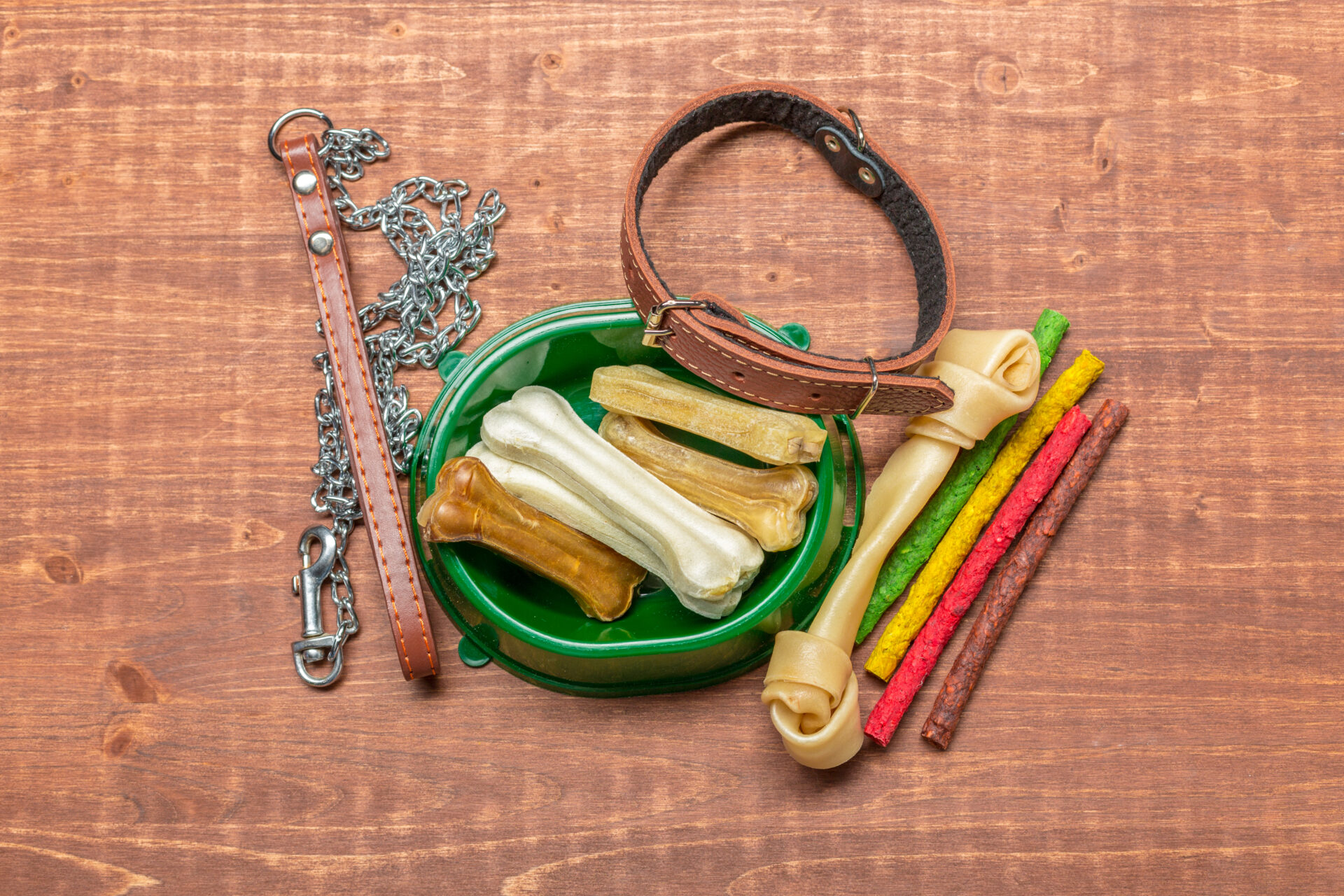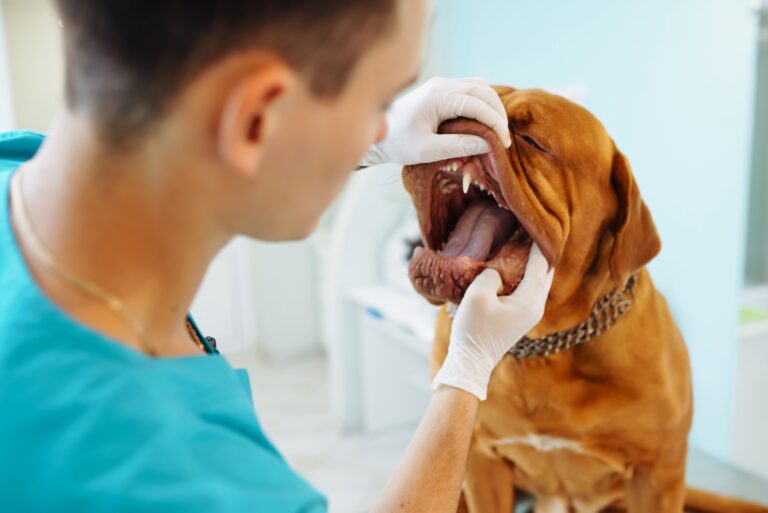Traveling with your dog can be an exciting and rewarding experience. Whether you’re heading out on a road trip, flying across the country, or exploring new destinations, sharing the adventure with your furry friend can make it even more special. However, traveling with a dog requires careful planning to ensure their safety, comfort, and happiness.
Here’s everything you need to consider before embarking on a journey with your four-legged companion.
Some of the links on this page are affiliate links, which means we may earn a commission at no extra cost to you if you make a purchase. As an Amazon Associate I earn from qualifying purchases. We only recommend products we genuinely love and think you’ll find helpful!
1. Assess Your Dog’s Suitability for Travel
Not every dog is a natural traveler. Consider your dog’s temperament, health, and previous experiences with car rides, planes, or staying in unfamiliar places.
Temperament: Does your dog get anxious in new environments, or are they generally calm and adaptable?
Health: Consult your vet if your dog has chronic health conditions, is elderly, or if this is their first long trip.
Previous Experience: If your dog gets carsick or overly stressed during short rides, longer journeys might require extra preparation or even reconsideration.
If your dog doesn’t handle travel well, it may be kinder to arrange for a trusted pet sitter or boarding service while you’re away.
2. Plan Your Travel Method

Traveling by Car
For many, road trips are the easiest way to travel with a dog. Keep these tips in mind:
- Secure Your Dog: Use a harness, dog seat belt, or travel crate to keep them safe. Never let your dog roam freely in the car, as it can be dangerous in case of sudden stops or accidents.
- Frequent Breaks: Plan for stops every 2-3 hours for bathroom breaks, stretching, and hydration.
- Pack the Essentials: Bring water, food, bowls, waste bags, and their favorite toys or blanket to make them feel at home.
- Keep Cool: Never leave your dog in a parked car, especially in warm weather, as temperatures can rise quickly and become deadly.

Traveling by Plane
Flying with a dog involves more logistics. Start by checking the airline’s pet policy, as rules vary widely:
- Cabin or Cargo: Small dogs may travel in the cabin with you in an airline-approved carrier, while larger dogs often have to fly in the cargo hold.
- Health Documentation: Airlines typically require a health certificate from your vet issued within 10 days of travel.
- Carrier Training: Acclimate your dog to their travel carrier well in advance. Make it a comfortable and familiar space by adding bedding and a toy.
- Avoid Sedation: Most airlines advise against sedating dogs for flights, as it can pose serious health risks at high altitudes.

3. Research Pet-Friendly Destinations
Not all destinations are equally welcoming to dogs. Before you go, check:
- Accommodations: Look for pet-friendly hotels, vacation rentals, or campgrounds. Many websites and apps specialize in finding dog-friendly stays.
- Local Regulations: Some cities or parks have leash laws, breed restrictions, or areas where dogs aren’t allowed.
- Activities: Find out if there are dog-friendly attractions, hiking trails, or beaches where your pup can join the fun.
The more welcoming the destination is to dogs, the smoother your trip will be.

4. Pack the Right Gear
Traveling with a dog means packing a mini kit of essentials to keep them comfortable and safe. Be sure to include:
- Food and Treats: Bring enough for the duration of your trip, plus a little extra in case of delays.
- Water and Collapsible Bowls: Stay hydrated on the go with portable bowls and bottled water.
- Leash, Collar, and ID Tags: Make sure your dog’s tags have up-to-date contact information.
- Crate or Carrier: Use a travel crate that’s well-ventilated and big enough for your dog to stand, turn around, and lie down in.
- Waste Bags: Always clean up after your dog to maintain good etiquette.
- Comfort Items: Bring their favorite toy, blanket, or bed to provide familiarity in unfamiliar environments.
- First Aid Kit: Include basic supplies like bandages, antiseptic wipes, and any medications your dog might need.

5. Prioritize Safety During Travel
Keeping your dog safe should be your top priority while on the move:
- Microchip and Tags: Ensure your dog is microchipped and that their ID tags are up-to-date with your current contact information.
- Leash and Harness: Always use a secure leash or harness when outside the car or carrier to prevent escapes.
- Avoid Feeding Before Travel: To minimize nausea, avoid feeding your dog a large meal right before traveling.
For longer trips, research local veterinary clinics at your destination in case of emergencies.
6. Manage Anxiety and Stress
Travel can be stressful for dogs, especially if they’re not used to it. To ease anxiety:
- Acclimate Gradually: Take your dog on short car rides or use their travel carrier at home to help them adjust.
- Use Calming Aids: Products like pheromone sprays, calming collars, or supplements can help reduce stress.
- Stay Calm: Dogs often mirror your emotions, so keeping a relaxed demeanor will help them feel at ease.
If your dog is particularly anxious, consult your vet for advice on medications or other calming techniques.
7. Stick to a Routine
Dogs thrive on routine, so try to maintain their regular schedule as much as possible during your trip:
- Feeding: Stick to their usual feeding times and diet to avoid digestive upset.
- Exercise: Ensure your dog gets plenty of physical activity to burn off excess energy and stay relaxed.
- Bathroom Breaks: Keep a consistent schedule for potty breaks, especially during long travel days.
Maintaining some semblance of normalcy can make the journey less overwhelming for your dog.
8. Be Prepared for the Unexpected
Even with careful planning, travel can be unpredictable. Prepare for surprises by:
- Having a Backup Plan: Know alternative accommodations or routes in case your plans change.
- Carrying Health Records: Keep a copy of your dog’s vaccination records and medical history on hand.
- Travel Insurance: Consider pet travel insurance to cover unexpected medical expenses during your trip.
Flexibility and preparation will help you handle any bumps along the way.

9. Embrace the Adventure
Traveling with your dog can strengthen your bond and create unforgettable memories. Take the time to enjoy the journey, whether it’s hiking scenic trails, relaxing on a dog-friendly beach, or simply spending quality time together.
Remember, your dog looks to you for reassurance and guidance, so stay positive and make the trip as enjoyable as possible for both of you.
Conclusion
Traveling with a dog requires planning, patience, and flexibility, but the rewards are well worth it. By considering your dog’s needs, choosing pet-friendly destinations, and prioritizing their safety and comfort, you can ensure a smooth and enjoyable journey for both of you.
With the right preparation, your dog will be ready to hit the road, the skies, or the trails alongside you, turning every adventure into a cherished memory!




